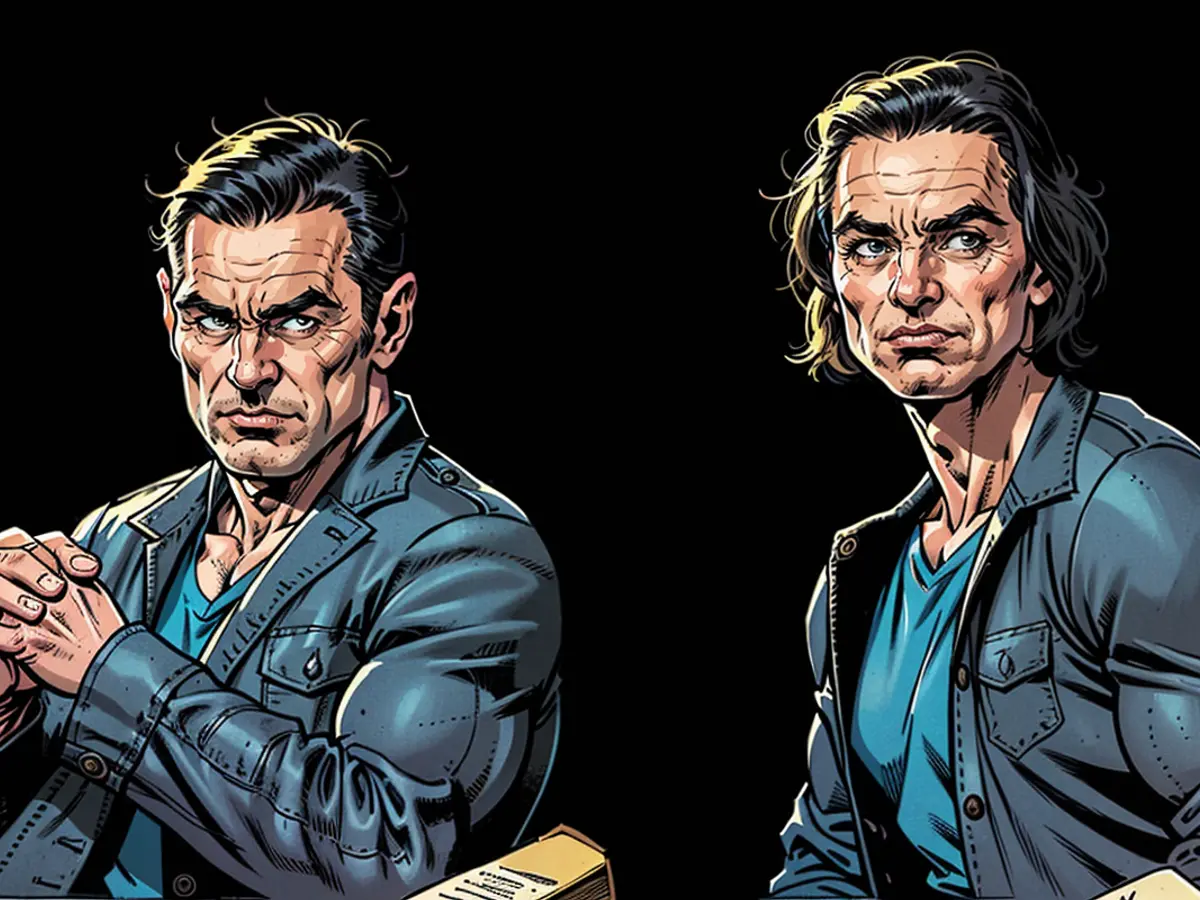Thuringia's Left advocates for a minority government with a predominantly red color scheme.
The negotiations after Thuringia's state election are proving to be quite challenging. With the CDU ruling out a coalition with The Left, they propose a minority government with Wagenknecht and the SPD. Grand Rhode from the Left party suggested a 'red-red-green' minority government - a coalition of BSW, The Left, and the SPD. At a press conference in Erfurt, she stressed, "The CDU can't afford to sit idle for three months. We need to act swiftly and responsibly." She further added, "The 'red-red-green' alliance holds 36% in Thuringia. If the CDU wishes to be tolerated instead of forming a coalition, they could also choose to tolerate 'red-red-green' at the end."
The result of the Thuringia state election on Sunday was politically perplexing. With the AfD becoming the dominant party and the CDU coming in second, a proposed coalition of CDU, BSW, and SPD would only manage to secure half of the seats in the parliament. This coalition would be just one vote short of a majority. Consequently, they would likely need to include The Left, either as a tolerated partner or as part of the coalition, but a CDU coalition with the AfD or The Left is forbidden due to an incompatibility decree.
The proposed CDU-BSW-SPD coalition falls short of a majority, requiring collaboration with either The Left or as a tolerated partner. Despite the CDU ruling out a coalition with The Left, Grand Rhode suggests a 'red-red-green' minority government, highlighting that the CDU could still be tolerated in this scenario.








